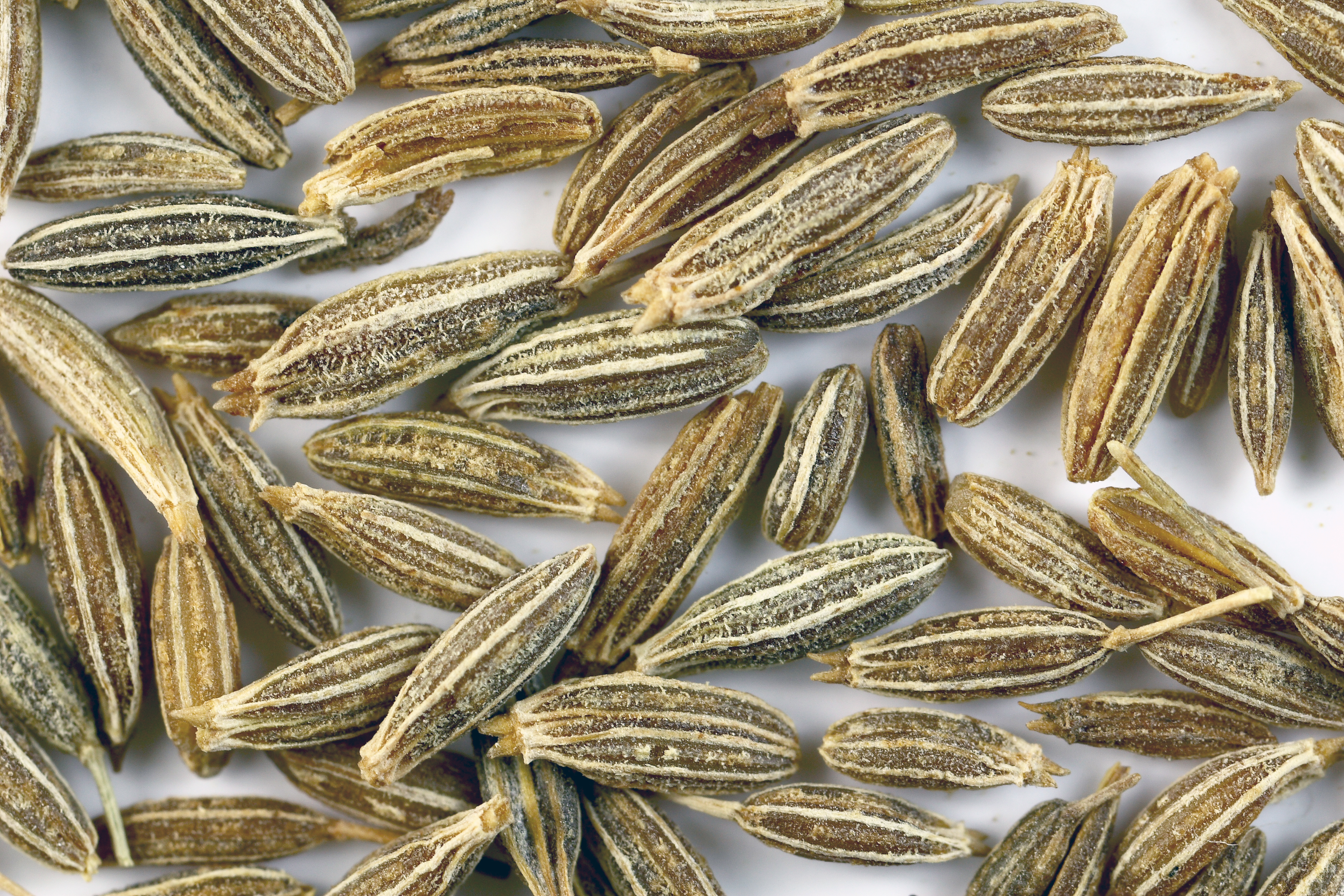|
Purée Mongole
Purée Mongole, also called Cream Mongole, is a creamed split pea-tomato soup of unknown origin; a recipe for it was printed in 1889. Popular during the period between the 1920s–1940s, it is similar to Boula which is made with turtle soup. Purée Mongole is usually made with carrots, onions, white turnips, leeks, a stock (either beef or chicken) and milk. Depending on the recipe, it can have julienne carrots and be seasoned with curry powder, ground cloves, turmeric, nutmeg, cumin, and basil, in addition to salt and pepper. Simplified recipes printed in many vintage cookbooks, including the 1946 edition of the ''Joy of Cooking'', used canned, condensed pea and tomato soups as a base with additional vegetables and seasonings. See also * List of soups This is a list of notable soups. Soups have been made since ancient times. Some soups are served with large chunks of meat or vegetables left in the liquid, while others are served as a broth. A broth is a flavored liquid u ... [...More Info...] [...Related Items...] OR: [Wikipedia] [Google] [Baidu] |
Soup
Soup is a primarily liquid food, generally served warm or hot – though it is sometimes served chilled – made by cooking or otherwise combining meat or vegetables with Stock (food), stock, milk, or water. According to ''The Oxford Companion to Food'' (OCF), "soup" is "the most general of the terms which apply to liquid savoury dishes";Davidson, p. 735 others include broth, bisque (food), bisque, consommé, potage and many more. Although most soups are savoury, sweet soups are familiar in some parts of Europe. Soups have been made since prehistoric times, and have evolved over the centuries. Originally "sops" referred to pieces of bread covered with savoury liquid; gradually the term "soup" was transferred to the liquid itself. Soups are common to the cuisines of eastern and western countries and have been served at the grandest of banquets as well as in the humblest peasant homes. Name The term soup, or words like it, can be found in many languages. Similar terms in othe ... [...More Info...] [...Related Items...] OR: [Wikipedia] [Google] [Baidu] |
Split Pea
Split peas are an agricultural or culinary preparation consisting of the dried, peeled and split seeds of '' Pisum sativum'', the pea. Harvesting The peas are spherical when harvested, with an outer skin. The peas are dried and the dull-coloured outer skin of the pea removed, then split in half by hand or by machine at the natural split in the seed's cotyledon. There are green and yellow varieties of split pea. Gregor Mendel studied the inheritance of seed colour in peas; the green phenotype is recessive to the yellow one. Traditionally, the genotype of purebred yellow is "YY" and that of green is "yy", and hybrids of the two, "Yy", have a yellow (dominant) phenotype. Split peas are high in protein and low in fat, with 25 grams of protein and one gram of fat per serving. Most of the calories come from protein and complex carbohydrates. The split pea is known to be a natural food source that contains some of the highest amounts of dietary fibre, containing 26 grams of fibr ... [...More Info...] [...Related Items...] OR: [Wikipedia] [Google] [Baidu] |
Joy Of Cooking
''Joy of Cooking'', often known as "''The Joy of Cooking''", is one of the United States' most-published cookbooks. It has been in print continuously since 1936 and has sold more than 20 million copies. It was published privately during 1931 by Irma S. Rombauer (1877–1962), a homemaker in St. Louis, Missouri, after her husband's suicide the previous year. Rombauer had 3,000 copies printed by A.C. Clayton, a company which had printed labels for fancy St. Louis shoe companies and for Listerine mouthwash, but never a book. Beginning in 1936, the book was published by a commercial printing house, the Bobbs-Merrill Company. With nine editions, ''Joy of Cooking'' is considered the most popular American cookbook. Background Born to German immigrants in 1877, Irma Starkloff was born and grew up in St. Louis, Missouri. She married Edgar Rombauer, a lawyer, in 1899. Edgar committed suicide in 1930 after a severe bout of depression, widowing Irma at age 52 and leaving her with $6,000 ... [...More Info...] [...Related Items...] OR: [Wikipedia] [Google] [Baidu] |
Cumin
Cumin (, ; ; ''Cuminum cyminum'') is a flowering plant in the family Apiaceae, native to the Irano-Turanian Region. Its seeds – each one contained within a fruit, which is dried – are used in the cuisines of many cultures in both whole and ground form. Although cumin is used in traditional medicine, there is no high-quality evidence that it is safe or effective as a therapeutic agent. Etymology and pronunciation The term comes via Middle English ''comyn'', from Old English ''cymen'' (which is cognate with Old High German ''kumin'') and Old French cummin, both from the Latin term . This in turn comes from the Ancient Greek (), a Semitic languages, Semitic borrowing related to Hebrew language, Hebrew () and Arabic (). All of these ultimately derive from Akkadian language, Akkadian (). The English word is traditionally pronounced (), like "coming" with an ⟨n⟩ instead of ⟨ng⟩ (/ŋ/)."Cumin." '' A Way with Words'' (Radio broadcast/podcast). 25 October 2014. Re ... [...More Info...] [...Related Items...] OR: [Wikipedia] [Google] [Baidu] |
Turmeric
Turmeric (), or ''Curcuma longa'' (), is a flowering plant in the ginger family Zingiberaceae. It is a perennial, rhizomatous, herbaceous plant native to the Indian subcontinent and Southeast Asia that requires temperatures between and high annual rainfall to thrive. Plants are gathered each year for their rhizomes, some for propagation in the following season and some for consumption or dyeing. The rhizomes can be used fresh, but they are often boiled in water and dried, after which they are ground into a deep orange-yellow shelf-stable spice powder commonly used as a coloring and flavoring agent in many Asian cuisines, especially for curries ( curry powder). Turmeric powder has a warm, bitter, black pepper-like flavor and earthy, mustard-like aroma. Although long used in Ayurvedic medicine, there is no high-quality clinical evidence that consuming turmeric or the principal turmeric constituent, curcumin, is effective for treating any disease. Curcumin, a bright ye ... [...More Info...] [...Related Items...] OR: [Wikipedia] [Google] [Baidu] |
Curry Powder
Curry powder is a spice mix for curry originating from the Indian subcontinent, adapted from but not to be confused with the native spice mix of garam masala. History As commercially available in Western markets, curry powder is comparable to the traditional Indian spice mixture known as ''garam masala'' ('warm spices'). Conceived as a ready-made ingredient intended to replicate the flavor of an Indian sauce, it was first sold by Indian merchants to British traders. Curry powder was used as an ingredient in 18th-century British recipe books, and commercially available from the late 18th century, with brands such as Crosse & Blackwell and Sharwood's persisting to the present. In Australia, a common curry spice is Keen’s curry powder. The ingredient "curry powder", along with instructions on how to produce it, are also seen in 19th-century US and Australian cookbooks, and advertisements. British traders introduced the powder to Meiji Japan, in the mid-19th century, ... [...More Info...] [...Related Items...] OR: [Wikipedia] [Google] [Baidu] |
Julienning
Julienne, , or French cut, is a culinary knife cut in which the food item is cut into long thin strips, similar to matchsticks. Common items to be julienned are carrots for , celery for , potatoes for julienne fries French fries, or simply fries, also known as chips, and finger chips (Indian English), are ''List of culinary knife cuts#Batonnet, batonnet'' or ''Julienning, julienne''-cut deep frying, deep-fried potatoes of disputed origin. They are prepa ..., or cucumbers for . Trimming the ends of the vegetable and the edges to make four straight sides makes it easier to produce a uniform cut. A uniform size and shape ensures that each piece cooks evenly and at the same rate. The measurement for julienne is . Once julienned, turning the subject 90 degrees and dicing finely will produce brunoise (). The first known use of the term in print is in François Massialot's (1722 edition). The origin of the term is uncertain. See also * Mandoline * Brunoise * Chif ... [...More Info...] [...Related Items...] OR: [Wikipedia] [Google] [Baidu] |
Turtle Soup
Turtle soup, also known as terrapin soup, is a soup or stew made from the meat of turtles. Several versions of the soup exist in different cultures, and it is often viewed as a delicacy. Culinary description The principal characteristic of turtle meat is that the broth it is cooked in becomes extremely gelatinous once cooled. Turtle meat has no characteristic taste on its own, so the flavor of turtle soup depends entirely on seasoning. Mock turtle soup is made from other gelatine-producing meat such as calf's head and calf's feet. Versions England Turtle soup gained popularity in England in the 1750s but declined rapidly about 150 years later from overfishing. According to food historian Janet Clarkson, the dish, which she describes as one of several "noteworthy soups", became a symbol for civic dinners and Green sea turtle first became popular in England as "sea-tortoise" circa 1728: "Its Flesh is between that of Veal, and that of a Lobster, and is extremely pleasant&n ... [...More Info...] [...Related Items...] OR: [Wikipedia] [Google] [Baidu] |
Milk
Milk is a white liquid food produced by the mammary glands of lactating mammals. It is the primary source of nutrition for young mammals (including breastfeeding, breastfed human infants) before they are able to digestion, digest solid food. Milk contains many nutrients, including calcium and protein, as well as lactose and saturated fat; the enzyme lactase is needed to break down lactose. Immune factors and immune-modulating components in milk contribute to milk immunity. The first milk, which is called colostrum, contains antibody, antibodies and immune-modulating components that milk immunity, strengthen the immune system against many diseases. As an agricultural product, Milking, milk is collected from farm animals, mostly cattle, on a dairy. It is used by humans as a drink and as the base ingredient for dairy products. The US Centers for Disease Control and Prevention, CDC recommends that children over the age of 12 months (the minimum age to stop giving breast milk or Ba ... [...More Info...] [...Related Items...] OR: [Wikipedia] [Google] [Baidu] |
Split Pea
Split peas are an agricultural or culinary preparation consisting of the dried, peeled and split seeds of '' Pisum sativum'', the pea. Harvesting The peas are spherical when harvested, with an outer skin. The peas are dried and the dull-coloured outer skin of the pea removed, then split in half by hand or by machine at the natural split in the seed's cotyledon. There are green and yellow varieties of split pea. Gregor Mendel studied the inheritance of seed colour in peas; the green phenotype is recessive to the yellow one. Traditionally, the genotype of purebred yellow is "YY" and that of green is "yy", and hybrids of the two, "Yy", have a yellow (dominant) phenotype. Split peas are high in protein and low in fat, with 25 grams of protein and one gram of fat per serving. Most of the calories come from protein and complex carbohydrates. The split pea is known to be a natural food source that contains some of the highest amounts of dietary fibre, containing 26 grams of fibr ... [...More Info...] [...Related Items...] OR: [Wikipedia] [Google] [Baidu] |
Stock (food)
Stock, sometimes called bone broth, is a savory cooking liquid that forms the basis of many dishes particularly soups, stews, and sauces. Making stock involves simmering animal bones, meat, seafood, or vegetables in water or wine, often for an extended period. Mirepoix or other aromatics may be added for more flavor. Preparation Traditionally, stock is made by simmering various ingredients in water. A newer approach is to use a pressure cooker. The ingredients may include some or all of the following: Bones: Beef and chicken bones are most commonly used; fish is also common. The flavor of the stock comes from the bone marrow, cartilage and other connective tissue. Connective tissue contains collagen, which is converted into gelatin that thickens the liquid. Stock made from bones needs to be simmered for long periods; pressure cooking methods shorten the time necessary to extract the flavor from the bones. Meat: Cooked meat still attached to bones is also used as an ... [...More Info...] [...Related Items...] OR: [Wikipedia] [Google] [Baidu] |
Leek
A leek is a vegetable, a cultivar of ''Allium ampeloprasum'', the broadleaf wild leek (synonym (taxonomy), syn. ''Allium porrum''). The edible part of the plant is a bundle of Leaf sheath, leaf sheaths that is sometimes erroneously called a "stem" or "stalk". The genus ''Allium'' also contains the onion, garlic, shallot, scallion, chives, and Allium chinense, Chinese onion. Three closely related vegetables—elephant garlic, kurrat and Persian leek or ''tareh''—are also cultivars of ''A. ampeloprasum'', although different in their culinary uses. Etymology Historically, many scientific names were used for leeks, but they are now all treated as cultivars of ''A. ampeloprasum''. The name ''leek'' developed from the Old English word , from which the modern English name for garlic also derives. means 'onion' in Old English and has cognates in other Germanic languages: Danish ' 'onion', Icelandic ' 'onion', Norwegian ' 'onion', Swedish ' 'onion', German ' 'leek', Dutch ' '' ... [...More Info...] [...Related Items...] OR: [Wikipedia] [Google] [Baidu] |






